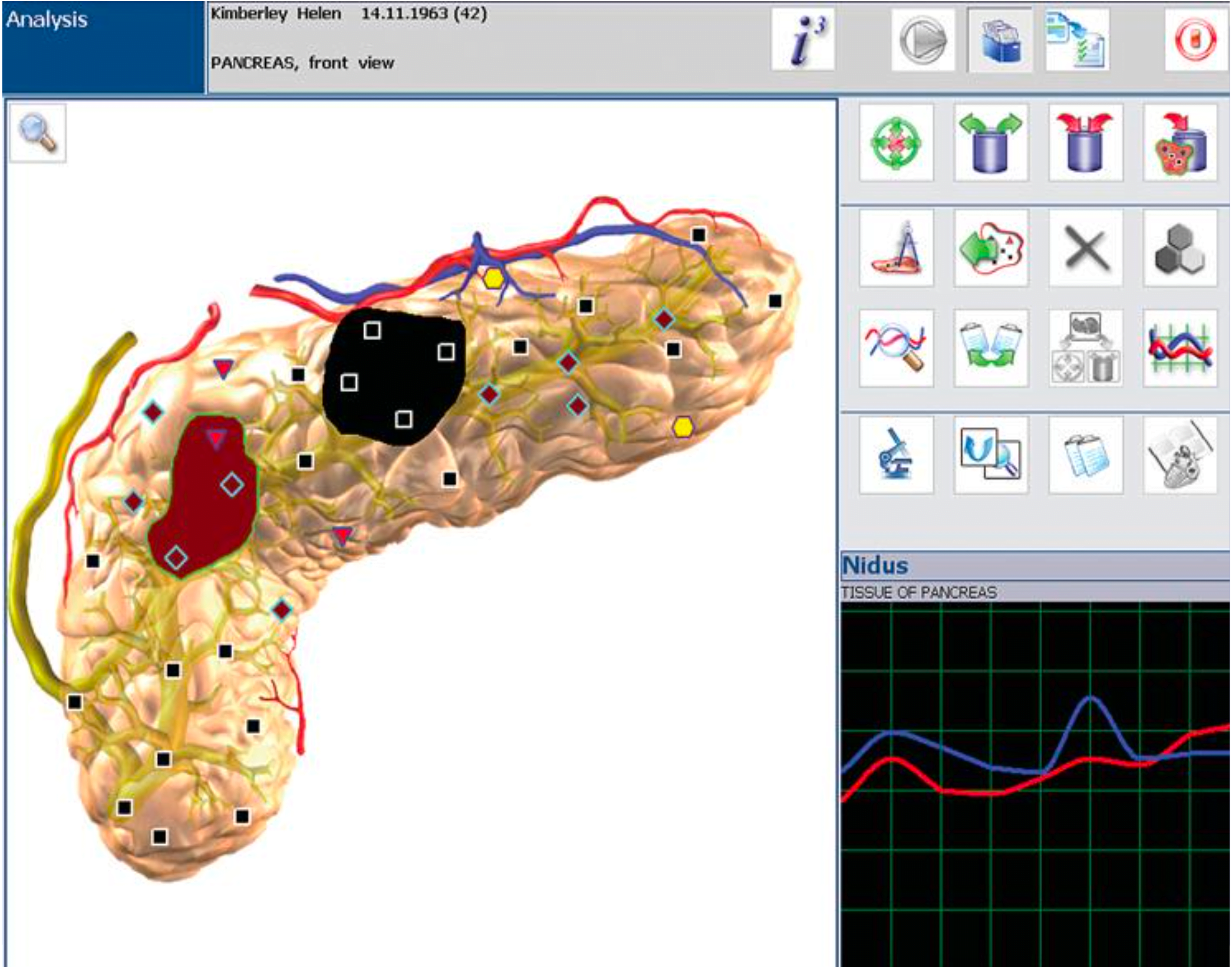The Hunter 4025 is a non-linear system (NLS) scanner that was developed by the Institute for Practical Psychophysics in Russia. This technology is based on the principles of quantum physics and bio-resonance, and it’s designed to read, communicate with, and stimulate a change in the energy of the body.
Here’s a brief overview of how it works:
- Scanning: The Hunter 4025 uses trigger sensors connected to a computer to scan the body’s energy field. This process is non-invasive and painless.
- Frequency Detection: The system then detects frequency imbalances in the body, which can indicate potential health issues. These imbalances are displayed on the computer screen.
- Biofeedback: The Hunter 4025 can also provide biofeedback to the body, sending corrective signals that help the body return to a healthier state. This is done by reversing the frequencies of the detected imbalances and sending these reversed frequencies back into the body.
- Data Analysis: The data collected by the Hunter 4025 can be analyzed to provide a comprehensive view of a person’s health status. This can include information about potential diseases, allergies, and the health of various organs.
- Therapy: In addition to diagnosis, the Hunter 4025 can also be used for therapy. It can stimulate the body’s healing processes by sending specific frequencies that promote healing and balance.
It’s important to note that while the Hunter 4025 and similar NLS devices are used in various parts of the world, their use and acceptance vary. Some medical professionals view them as complementary tools, while others may not recognize them due to differences in regulatory approval and scientific understanding.
Having worked directly with the chief technologist of the company selling the Hadoscan, the software technology underlying this system is extremely sophisticated with millions of lines of code. The names of the engineers that built it are in the comments and include American, British, French, and Russian programmers from the cold war era. Most of the clinical trials were done in Russia.
As with any medical technology, it’s always recommended to use the Hunter 4025 under the guidance of a trained professional and in conjunction with other diagnostic and treatment methods.
